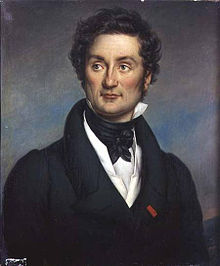
Marcel Aymé was a French novelist and playwright, who also wrote screenplays and works for children.
Fantastique is a French term for a literary and cinematic genre and mode that is characterized by the intrusion of supernatural elements into the realistic framework of a story, accompanied by uncertainty about their existence. The concept comes from the French literary and critical tradition, and is distinguished from the word "fantastic", which is associated with the broader term of fantasy in the English literary tradition. According to the literary theorist Tzvetan Todorov, the fantastique is distinguished from the marvellous by the hesitation it produces between the supernatural and the natural, the possible and the impossible, and sometimes between the logical and the illogical. The marvellous, on the other hand, appeals to the supernatural in which, once the presuppositions of a magical world have been accepted, things happen in an almost normal and familiar way. The genre emerged in the 18th century and knew a golden age in 19th century Europe, particularly in France and Germany.

Erckmann-Chatrian was the name used by French authors Émile Erckmann (1822–1899) and Alexandre Chatrian (1826–1890), nearly all of whose works were jointly written.
Jacques Sternberg was a French-language writer of science fiction and fantastique.

Joseph Méry was a French writer, journalist, novelist, poet, playwright and librettist.
A trilby is a narrow-brimmed hat with an indented crown.
Trilby is a ballet in 2 acts and 3 scenes, was the final ballet that Marius Petipa choreographed and staged for the Imperial Bolshoi Ballet during the two years that he was commissioned to create new works for the Moscow stage. And the music was by Yuli Gerber. Libretto by Marius Petipa, based on the 1822 novella Trilby, ou Le Lutin d'Argail by Charles Nodier, first presented by the Ballet of the Moscow Imperial Bolshoi Theatre on January 25/February 6, 1870, in Moscow with Polina Karpakova as Trilby and Ludiia Geiten as Miranda and restaged by Petipa for the Imperial Ballet at the Imperial Bolshoi Kamenny Theatre on January 17–29, 1871 in St. Petersburg with Adèle Grantzow as Trilby and Lev Ivanov as Count Leopold. Petipa made a more direct adaptation of Nodier’s novella.
Donatien Alphonse François de Sade, best known as the Marquis de Sade, was a French aristocrat, revolutionary and author of philosophical and sadomasochistic novels exploring such controversial subjects as rape, bestiality and necrophilia. His works evidence a philosophical mind advocating a materialist philosophy in which Nature dictates absolute freedom, unrestrained by morality, religion or law, with the pursuit of personal pleasure as its foremost principle. Besides novels, he wrote philosophical tracts, novellas, short stories, and a number of plays. Publication, dissemination, and translation of his works have long been hindered by censorship: not until 1983 were his works allowed unfettered distribution in the UK, for instance.
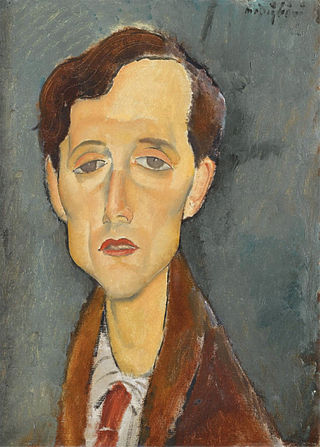
Franz Hellens, born Frédéric van Ermengem was a prolific Belgian novelist, poet and critic. Although of Flemish descent, he wrote entirely in French, and lived in Paris from 1947 to 1971. He was nominated for the Nobel Prize in Literature four times.

Contes et nouvelles en vers is an anthology of various ribald short stories and novellas collected and versified from prose by Jean de La Fontaine. Claude Barbin of Paris published the collection in 1665.
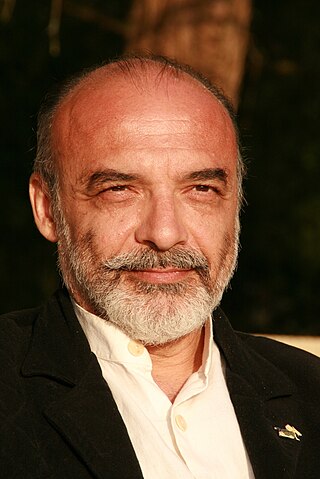
Édouard Brasey is a French novelist, essayist, scriptwriter and story-teller born on 25 March 1954. Author of more than seventy works, many of which have been translated into English, Russian, Japanese, Spanish, Portuguese and Italian. He specialises in the themes of the esoteric, fables, legends and fantasy. He won a prize of Imaginales in 2006 for La Petite Encyclopédie du Merveilleux, and a prize Merlin in 2009 for his novel La Malédiction de l'Anneau. Subsequently, he has become essentially a novelist, notably published by Calmann-Lévy. His historical-esoteric thriller that was published in 2013, Le Dernier Pape, anticipated the abdication of Benoît XVI.

Louis Lurine was a 19th-century French homme de lettres, journalist, playwright, novelist and historian.
Charles Félix Henri Rabou was a 19th-century French writer, novelist and journalist.
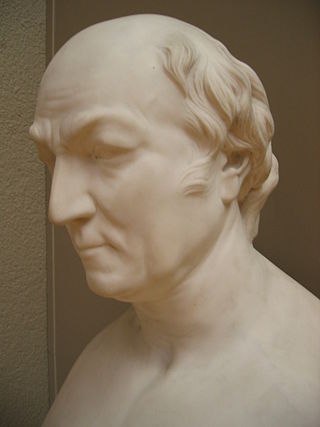
Pierre Charles Weiss was a 19th-century French librarian and bibliographer.
Charles-Émilien Thuriet was a 19th–20th-century French writer and poet.
Hubert Juin, pseudonym for Hubert Loescher, was a Francophone Belgian poet, novelist, essayist and literary critic.

Marcel Schneider was a French writer, laureate of numerous literary awards.
T. Trilby, pseudonym of Thérèse de Marnyhac, was a French novelist. She also used the pseudonyms Mme Louis Delhaye and Marraine Odette.
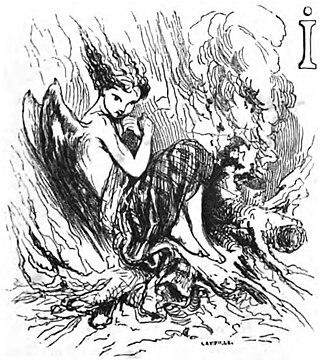
Trilby; or, The Fairy of Argyll is an 1822 literary fairy tale novella by French author Charles Nodier (1780–1844). In it, a Scottish household spirit falls in love with the married woman of the house, who at first has him banished, then misses him, and eventually returns his love, both of them dying at the end. It was a popular work of the Romantic movement, published in multiple editions and translations. It also gave birth to adaptations as multiple ballets, including La Sylphide, and Trilby, and the opera The Mountain Sylph, some of which only retained the basic idea of love between a fairy and a Scottish peasant, but otherwise greatly diverged from the original plot.

Les Cent Contes drolatiques, usually translated Droll Stories, is a collection of humorous short stories by the French writer Honoré de Balzac, based on Giovanni Boccaccio's The Decameron and influenced by François Rabelais. The stories are written in pastiche Renaissance French; although the title promises a hundred, only thirty were published, in groups of ten in 1832, 1833, and 1837.

